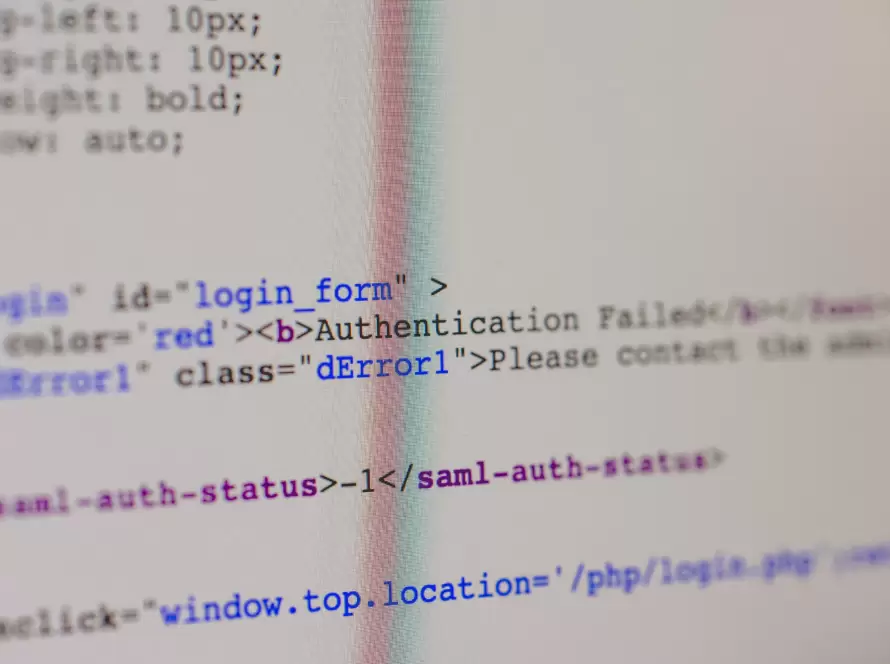Generated by Contentify AI
- Introduction
- What are PHP Constants?
- Benefits of Using PHP Constants
- Drawbacks of Using PHP Constants
- Best Practices for Using PHP Constants
- Real-World Examples of PHP Constants
- Conclusion

Introduction
Are you considering using PHP constants in your next web development project? Before you decide, it’s important to understand the pros and cons of using constants. This article will provide an overview of the advantages and disadvantages of using constants in PHP.
The Pros
One major advantage of using constants in PHP is that they can help make code more readable. When variables are used in place of constants, it can be difficult to tell what they are referring to. Constants provide a unique way of assigning meaning to a value, making the code easier to understand and maintain.
Another benefit of using constants is that they are more secure than variables. Since constants are immutable, they cannot be changed by external sources and are therefore less susceptible to malicious attacks. This helps keep your code safe and secure.
The Cons
The drawbacks of using constants in PHP include lack of flexibility and difficulty in debugging. Since constants can’t be changed after they’re set, if a value needs to be modified, the code needs to be changed at the constant declaration level. This can make debugging difficult if the code is relying on the constant value being set correctly.
Another issue with constants is that they can be difficult to debug in a production environment. It can be hard to tell why a certain constant is causing an issue since the code is not dynamically generated, and the value cannot be changed easily.
Conclusion
Overall, there are both pros and cons to using constants in PHP. While constants can make code more readable and secure, they can also be difficult to debug and lack flexibility. It’s important to consider these factors before deciding if constants are the right choice for your next web development project.
What are PHP Constants?
PHP constants are a type of language construct within the PHP programming language that are used to hold a value that cannot be changed. Constants are declared using the define() function, and the value must be assigned to them when they are declared.
The main benefit of using PHP constants is that they are easy to use and are global throughout the scope of a project. This allows them to be accessed within any of the project files and helps to streamline coding. Since the value of a constant cannot be changed, it ensures that the data stored in it remains the same, which can be useful for configuration settings.
One potential downside of using PHP constants is that it can make debugging more difficult since the value of the constant cannot be changed without manually editing the code. This can create a problem if the value of the constant needs to be adjusted for testing purposes. Additionally, constants are defined in the global scope, which can create conflicts if other variables have the same name.
Overall, PHP constants are a useful tool that can help streamline coding and ensure that specific values remain the same. However, they are best used for configuration settings and values that don’t need to be changed.
Benefits of Using PHP Constants
PHP Constants represent a unique value assigned to a variable. These values cannot be changed, nor can they be re-declared after they are defined. This makes them ideal for situations when it is important to ensure that a particular value is not changed unexpectedly.
One of the main advantages of using PHP Constants is that they make code much easier to read and maintain. For example, if you have a function that depends on a particular constant, you can easily locate it by its name instead of trying to remember its exact value.
Another benefit of using PHP Constants is that they can help speed up your code. Since constants are statically assigned, they don’t need to be re-declared or re-evaluated each time they are used. This can significantly reduce the amount of processing time required for your application.
In addition, PHP Constants are also useful for storing sensitive data such as passwords or API keys. Storing these values as constants makes it easier to manage, since the value is always the same, and it also helps to keep the data secure since it is not accessible to anyone else.
Finally, there are certain situations where using PHP Constants may be more efficient than using a regular variable. For example, they can be used to store large amounts of data, since they consume less memory than an array or object.
In conclusion, the use of PHP Constants offers many advantages, both in terms of readability and performance. They are a great way to ensure data integrity, provide more efficient code, and make it easier to manage sensitive data. With a few simple lines of code, PHP Constants can provide a powerful and efficient way to store and manage data.
Drawbacks of Using PHP Constants
When it comes to writing web applications in PHP, using constants can be both a blessing and a curse. On one hand, they can simplify code and improve readability. On the other hand, they can also add unnecessary complexity and make code more difficult to maintain.
The main drawback of using constants is that they are global in scope, meaning they can be accessed from anywhere within your application. This can make it difficult to keep track of where and how these constants are being used. Additionally, constants can be difficult to debug and track down if you have a large application with many constants.
Additionally, constants are immutable. Once a value has been set, it can’t be changed without manually editing the code. This can be problematic if you want to quickly change values without having to go through the entire codebase.
Finally, constants can be hard to test. Since they are globally accessible, it can be difficult to isolate certain parts of the code and test them in isolation. This can make it difficult to find bugs and ensure the code is working correctly.
Overall, there are both pros and cons to using constants in PHP. While they can be useful for simplifying code and improving readability, they can also cause unnecessary complexity and make debugging more difficult. It’s important to weigh the pros and cons when deciding whether or not to use constants in your application.
Best Practices for Using PHP Constants
Using constants in PHP can be a great way to improve the organization and readability of your code. Constants are variables that are set once and cannot be altered or assigned a new value. This makes them ideal for storing values that are used in multiple places throughout your application, such as database connection details or configuration values.
When using constants in your application, there are a few best practices that you should follow:
1. Define constants in the global scope. Constants should be defined in the global scope so that they can be accessed from anywhere in your application – no matter what function or method they are used in.
2. Use descriptive names. When naming constants, use descriptive names that are easy to remember and understand. Avoid using abbreviations or acronyms unless they are common and widely understood.
3. Use all uppercase for constants. PHP constants should always be written in all uppercase letters. This helps to differentiate them from other variables in your code.
4. Document constants. When using constants in your code, it is important to document them properly to ensure that other developers can understand what they are used for.
5. Avoid hard-coding values. Whenever possible, avoid hard-coding values in your code. Use constants instead – they are easier to track and update.
By following these best practices when using PHP constants, you can ensure that your code is organized, readable, and maintainable.
Real-World Examples of PHP Constants
When it comes to programming, there are few topics as polarizing as the use of PHP constants. Some developers swear by their use, while others are staunchly opposed. So what’s the real story?
Let’s start by taking a look at some real-world examples of how PHP constants can be used. A constant is a value that can’t be changed once it’s declared. This is useful in a variety of scenarios, such as:
– Establishing a project’s configuration settings. For example, you might create a constant for the database connection settings, and then use that constant throughout the project.
– Storing values that are used in multiple places. For example, you might define a constant such as “MAX_ITEMS”, which specifies the maximum number of items that can be displayed in a given area.
– Defining colors, sizes, fonts, and other styling-related values. For example, you could create a constant for the background color of a page, and use it to set the value in multiple locations.
– Validating user input. For example, you might define a constant for the maximum length of a username, and use it to validate against any user input that exceeds that length.
As you can see, there are a variety of ways in which constants can be used to make your code more readable, maintainable, and consistent.
Now let’s take a look at the pros and cons of using PHP constants. On the positive side, constants can help you make your code more organized, as well as more secure. By setting a constant’s value once, you’ll never have to worry about it being changed, which can help prevent bugs and security issues. Additionally, constants are much easier to debug, since you can easily check the value of a constant at any time.
On the other hand, constants can also be a double-edged sword. For example, if a constant is declared multiple times in different sections of your code, it can be difficult to track down where the error is coming from. Additionally, if the value of a constant needs to be updated, you’ll need to manually update it in each location where it’s used, which can be both time-consuming and error-prone.
In the end, the use of PHP
Conclusion
When deciding whether or not to use PHP constants in your programming project, it’s important to weigh the pros and cons. On the plus side, constants are easy to use and maintain, and can help improve readability of your code. On the downside, constants can be difficult to debug and may offer limited flexibility.
In the end, the decision to use PHP constants ultimately comes down to the specific needs of your project. If you’re working on an application that doesn’t require too much flexibility, then constants can be a great solution. But if you’re working on an application that requires a lot of flexibility, then it may be best to look for alternative options.
No matter what you decide to use, understanding the pros and cons associated with PHP constants can help you achieve the best possible outcome for your project. Just be sure to consider your programming needs before making a final decision.



